|
Enchanting Autumn: Unveiling Hidden Fragrance Treasures By Andrej Babicky, Certified Master Natural Perfumer As autumn's brush strokes the world in vibrant shades of red and gold, I find myself in the warm embrace of Piedmont, Italy. Here, amidst nature's grand spectacle, my garden transcends being merely a canvas for predictable perfumery choices. It becomes a treasure trove of concealed aromatic delights. Autumn beckons with a unique charm, a season when nature dons its most exquisite attire. My explorations lead me on journeys through the woodlands and along riverbanks. It's a time when I crush leaves between my fingers, uncovering aromas I never expect. In this serendipity, the magic of fragrance discovery comes alive. Beyond my garden's confines, I venture on long walks through landscapes veiled in the characteristic autumn fog of our region. These moments of calm and solitude allow me to reflect on the passage of seasons. They also kindle my desire to hunt for seasonal treasures - fruits, berries, mushrooms, and plants awaiting transformation into unique tinctures. Autumn's Palette of Aromas Autumn, with its earthy scents and rich colors, is an opportune time to diversify our collection of essences. Imagine the musty aroma of mushrooms, the scent of undergrowth, and fallen leaves. These olfactory nuances beautifully complement the fragrance profiles of woods and barks. Mushrooms like porcini, field mushrooms, and honey mushrooms each contribute their unique aromatic notes. Mushrooms, including the esteemed truffle and the woody Ganoderma species, encapsulate the essence of the forest floor. Dried and artfully tinctured, they release an aroma reminiscent of damp earth, undergrowth, and rain-kissed leaves. These tinctures harmoniously intertwine with the scents of barks, leaves, and mosses, creating a symphony of woodland fragrances. Our journey then leads us from the forest floor to the lush green canopies, where oakmoss, tree moss, and lichens flourish. Once dried and transformed into tinctures, these natural wonders unveil a unique olfactory profile, marked by a dry, woody, earthy, and somewhat salty aroma. It's the scent of the forest after a gentle rain, an essence that imparts mysterious depth and a sense of the great outdoors to your fragrances. In this season, even the changing leaves present intriguing raw materials. Have you ever rubbed nearly dry walnut, apple, magnolia or cherry leaves between your hands, inhaling their delicate scents? While walnut leaves may challenge inclusion in final compositions due to their staining ability, cherry leaves offer a delicately fruity hay aroma. One of my favorites is the oak leaf, which I extract both in spring and autumn. Young leaves exude a bitter, warm, and intensely green scent, while the evergreen magnolia leaves evoke the sensation of sun-warmed wood, with a denser, more mysterious aroma rich in earthy nuances with just a touch of floral notes. Unexpected Inspirations Sometimes, inspiration strikes unexpectedly. During a bonsai workshop, the scent of maple roots unearthed memories of freshly dug-up carrots, leading to the creation of a surprisingly intriguing tincture. Expanding Horizons with Autumn Fruits Quince, while cherished for its aroma rather than its taste, exudes a captivating fragrance reminiscent of my grandmother's closet. Sliced thin and dried, quince becomes an extraordinary tincture, offering a unique and pleasantly juicy concoction with green, herbaceous, and vaguely floral undertones. The enchantment of autumn extends to other fruits like apples, pears, persimmons, and citrus. These often-overlooked gems can be sliced, dried, and transformed into aromatic tinctures. Apples provide a fragrance reminiscent of an orchard in full bloom, pears exude delicate notes of orchard blossoms and honeyed richness, while persimmons offer a slightly spicy aroma that captures the essence of late autumn. For citrus fruits, the aromatic potential lies within the rind. Traditionally extracted by pressing the rind or distillation they can be also tinctured. Dried citrus peels hold the zesty, bright, and invigorating essence of lemons, oranges, and various citrus varieties. These citrus tinctures bring a burst of freshness to fragrance compositions, infusing them with the vivacity of citrus groves. Unveiling Nature's Secrets: The Discovery Continues
As autumn gracefully unfolds, a fragrant tapestry unfurls. From the earthy aroma of mushrooms to the sweet notes of berries and the herbal essence of leaves, each scent tells a unique story. This season encourages experimentation and exploration, revealing the boundless potential of fragrances offered by nature. Join me on this journey into the heart of autumn, where every scent is a hidden treasure waiting to be found. If you're intrigued by the art of fragrance extraction and want to delve deeper into the secrets of this captivating process, consider enrolling in my Natural Raw Materials Extraction Masterclass. In this comprehensive course, you'll uncover the techniques, methods, and nuances of extracting fragrances from the most unexpected sources. Whether you're a seasoned perfumer or a novice exploring the world of scents, this masterclass is your gateway to a deeper understanding of nature's aromatic treasures. Join me on this exciting journey, where every aroma is a revelation, and every tincture tells a story. Don't miss the opportunity to discover more and take your passion for fragrances to the next level. Enroll in the Natural Raw Materials Extraction Masterclass today and unlock the secrets of this extraordinary art.
0 Comments
By Andrej Babicky, Certified Natural Perfumer and Raw Material Extraction Methods Expert Unveiling the Ancient Art of Enfleurage: Capturing the Essence of Flowers Natural perfumery it's not just about creating amazing fragrances, but also about growing flowers and extracting essences. One technique that holds a special place in this aromatic world is enfleurage. It's all about capturing the magical essence of a flower to make one-of-a-kind scents. So, let's dive into the enchanting process of enfleurage and get tangled up in the mesmerizing world of scents! It is to the Greeks that we owe the addition of oils scented with flowers to spices, gums and balms. The flowers and plants used for export must be transformed to be preserved. Olive oil, one of the main wealth of Greece, was used as an ointment and as an excipient in the manufacture of perfumed oils. The Greeks practiced enfleurage and very early developed the art of making perfumes. During the mid-1700s. Grasse became a thriving center for industrial production and essence extraction, thanks to the refinement of this technique. However, in today's modern perfume industry, enfleurage is considered more of a historical extraction method. Solvent extractions and the utilization of aromatic molecules have taken precedence. Nonetheless, with the recent resurgence of interest in natural perfumery, some perfumers have embraced enfleurage once again, making slight modifications to the classical procedure and achieving remarkable results. Enfleurage is primarily employed for flowers that contain small quantities of essence or delicate blossoms that could be compromised by other extraction methods. The technique capitalizes on the principle of fat absorption, where the most volatile aromatic molecules are captured by a fat medium upon contact. Various fats, such as lard, ox fat, lamb fat, vegetable oils, mineral oils, and even Vaseline, were traditionally used. Often, a combination of fats was employed, and the specific formula was carefully guarded as an industrial secret, tailored to different flowers and extraction seasons. The unique property of fats to adsorb odorous substances is harnessed when other extraction methods fail to capture the desired scent from flowers or plants. In enfleurage, the flowers are placed in direct contact with the fat, be it in liquid or solid form, until the fat becomes saturated with the perfume. Enfleurage can be performed using either the hot or cold method, depending on the flower and desired outcome. Nowadays, enfleurage is predominantly practiced for illustrative and educational purposes, as it is a labor-intensive and costly process. During cold enfleurage, flowers were placed daily on frames coated with a thick layer of fat. It took approximately 60 days for the fats to absorb the fragrance fully. For instance, 25 kilograms of jasmine flowers were required to perfume one kilogram of fat, while a mere two kilograms of tuberose flowers achieved the same result. This exemplifies the delicate nature of enfleurage and its ability to capture the essence of a flower in minute quantities. Enfleurage holds a special allure for many, as it manages to capture the ethereal essence and aromatic breath of a flower, entwining them in a magical alchemical process. While it may be a time-consuming and demanding technique, it offers a more intimate and personal relationship with the raw materials. For those fortunate enough to have a garden, a balcony, or even just a window, enfleurage can be an enchanting experiment worth undertaking. Through cultivation and extraction, one can discover unexpected and delightful results, forming a deeper connection with nature's fragrant gifts. Enfleurage stands as a testament to the artistry and craftsmanship of perfumery.
It allows us to delve into the essence of flowers, their fleeting beauty and transforming it into olfactory masterpieces. While modern techniques have largely replaced enfleurage in commercial perfume production, its revival among natural perfumers showcases its enduring charm and the endless possibilities it holds. So, why not embark on your own scented adventure and uncover the captivating world of enfleurage following our course of Natural extraction techniques? Discover more about the Natural Raw Material Extraction Methods By ANDREJ BABICKY, IPF Chair Italy Natural Perfumer, Olfaction Trainer and Raw Material Extraction Methods Expert The arrival of winter brings to mind old memories of my childhood spent in Eastern Europe, precisely in Slovakia, in a small village surrounded by changes and woods. The days were cold, wet and short. When evening approached, my grandmother, a woman already old and consumed by work, even when she was young, used to prepare strong black tea with spices. with just a drop of honey. She made us sit around the table telling us fairy tales. I vividly remember those moments: the wood crackling in the old stove, the smell of the cast iron top heated by the flame. Grandmother used to put on the stove some oranges or mandarins that perfumed the room and grains of incense, which slowly melted creating an olfactory background to the stories. Along with the love for roses, my grandmother also transmitted to me the love for these smells that for me are always associated with the traditions that revolved around the winter solstice, the day I was born. Many years later I had the opportunity to meet a person who travels the world in search of new and special raw materials. I call him the Indiana Jones of incense. In addition to researching these raw materials, he teaches indigenous peoples how to extract them to create a sustainable production cycle. Together with him and through his acquaintances, I had the opportunity to discover new essences. Returning to us, I have always been fascinated by this mix of aromas that accompanied my childhood. I've always looked for the best way to catch them. Living part of the time in the country house, the most used material to heat it is wood. Some of the essences have strongly perfumed woods, while others, after a period of seasoning, acquire particular aromatic nuances. Among my favorites that I often use in alcohol extractions are lime, acacia, pine, larch, magnolia. They are woods that are easy to manipulate and shred or you can buy shavings or sawdust as waste material in sawmills. The wooden material (small pieces, sawdust, shavings, twigs) I let them dry then I proceed with extraction with alcohol in the form of dye. I leave the material to macerate for several weeks, sometimes for months because from my personal experience, the aroma of the final extract is richer and fuller. There are two other kinds of wood that I love to use: two species of oak Quercus Petraea and Quercus Robur Both are easy to find. I collect the fallen branches, let them dry, grind them and then I toast them in the oven to enhance their woody, smoky and spicy aspects. Resins such as various types of incense, myrrh, balms are readily available. They are odorous substances of vegetable origin, insoluble in water but often fat-soluble and of high molecular weight. Some of them are exudates, while others are an integral part of the tissues of the plant itself. They have various chemical compositions and can occur spontaneously or due to stress. They have very distinct olfactory profiles and can add warm or cold aspects to a blend depending on the raw material used. They give depth, sometimes a dark and mysterious character, they can serve to anchor the other essences in a blend. The resins may be extracted by distillation, extraction with solvents such as, for example, alcohol that is easy to perform even at home. A very particular extraction process is to capture the smell emanating from a resin if burned or heated. To discover this method and others, I invite you to enrol in the raw material extraction course where different techniques and different raw materials are dealt with. Prepare an Interior Christmas Perfume
Different spices are also part of our daily life. I must confess that I don't extract most of them directly, only some particular spices such as certain types of pepper, wild carrot seeds and mace, the shell that covers the nutmeg seed. In the winter I prepare an alcohol-based Interior Christmas Perfume, a mixture composed of: 20g of cloves 10g part of cinnamon Zest of an orange Some eucalyptus leaves 3/4 bay leaves 1 sprig of rosemary 1 nutmeg 1 tonka bean 10 drops of fir essential oil All the dry material is crushed in a mortar, poured into a glass container and covered with 300 ml of alcohol. The container is left to rest for 2 weeks, shaking it frequently. After two weeks, the content is filtered and is ready to be used to perfume the rooms, Christmas decorations or doormats in front of the house. It is an old recipe from my grandmother who instead of alcohol boiled all the material together but for easy storage, the formula was reworked with an alcohol base and with the addition of some raw materials. THE POWER OF THE RAW MATERIAL AND THE ART OF REDISCOVERING THE ORIGINS OF NATURAL PERFUMERY. |
Archives
March 2024
Categories
All
|
- Home
- About
- Why choosing us
- Mission
- Academicians
- IPF Certification
-
COURSES
-
MASTER CLASSES
- Teaching Methodology
- Natural Raw Material Extraction Methods >
- Natural Candle Making
- Healing Gardening
- Sustainable Oud MasterClass
- World Perfume History Master Class
- Scent Design and Formula Building >
- Fragrant Botany & Chemistry >
- Perfume Design, Concept and Storytelling
- French Natural Aromachology #1
- French Natural Aromachology #2
- Olfaction Training for Children
- Accords - Musks
- Accords - Chypre
- Accords - White Florals 1
- Accords - Fougeres and Aromatics
- FRAGRANCE DEVELOPMENT
- SPEAKERS
- EXHIBITIONS
- Partners
- Blog
- Contact
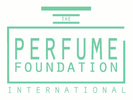
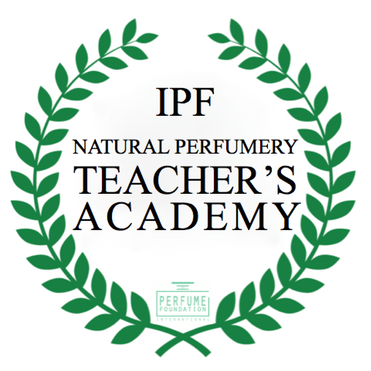
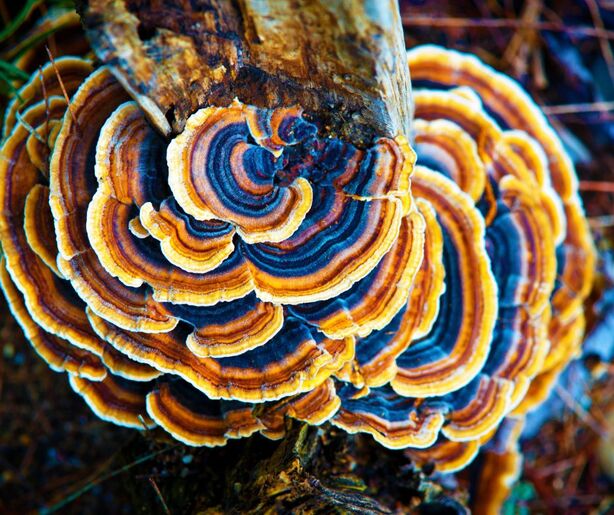
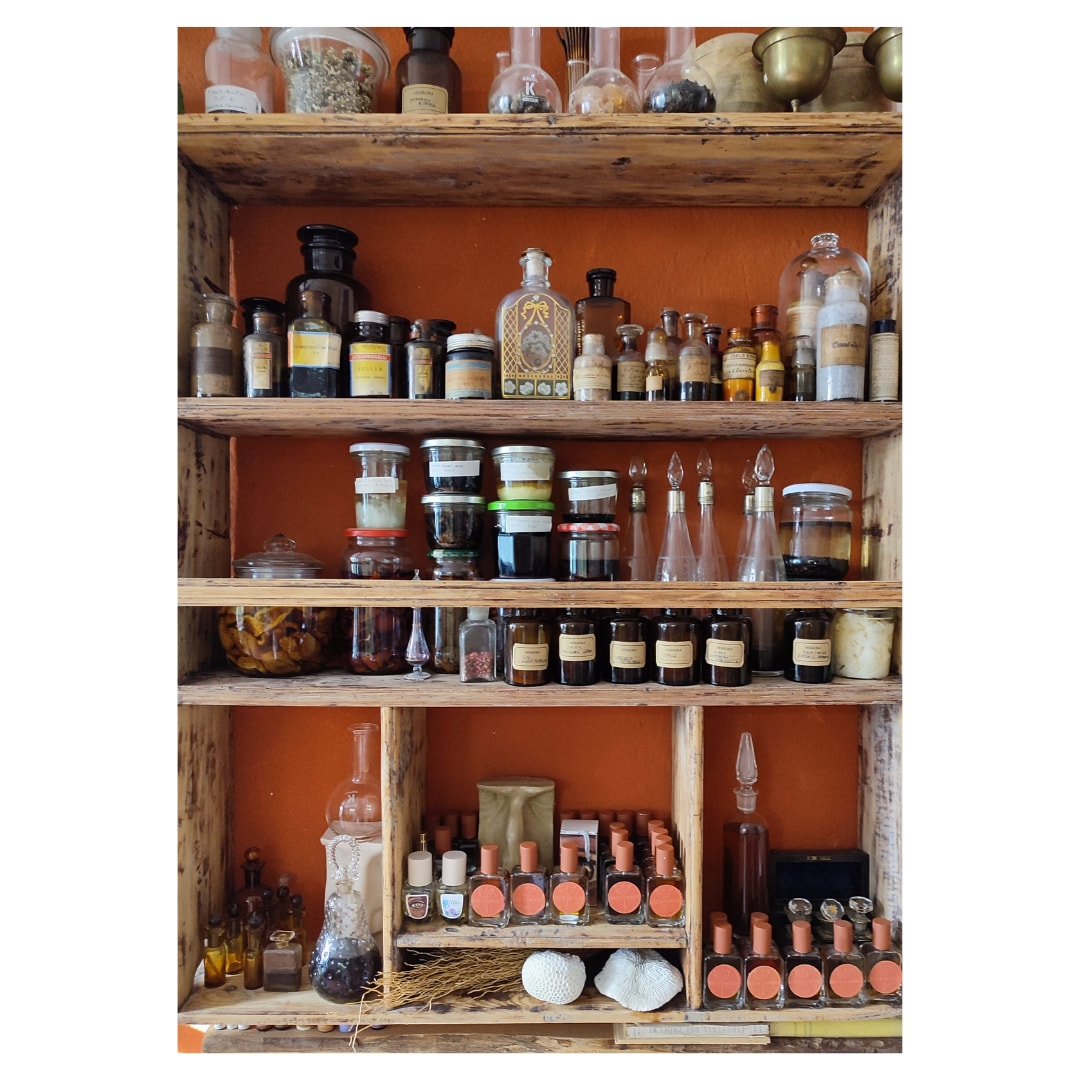
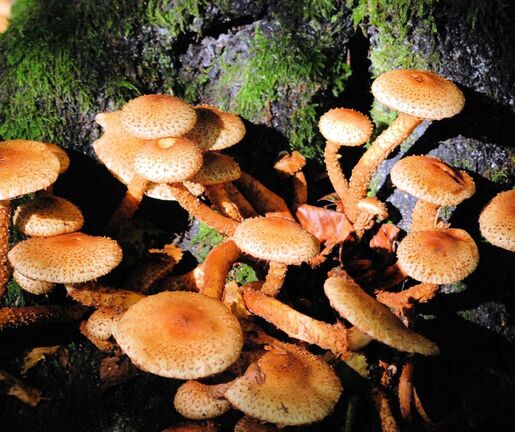



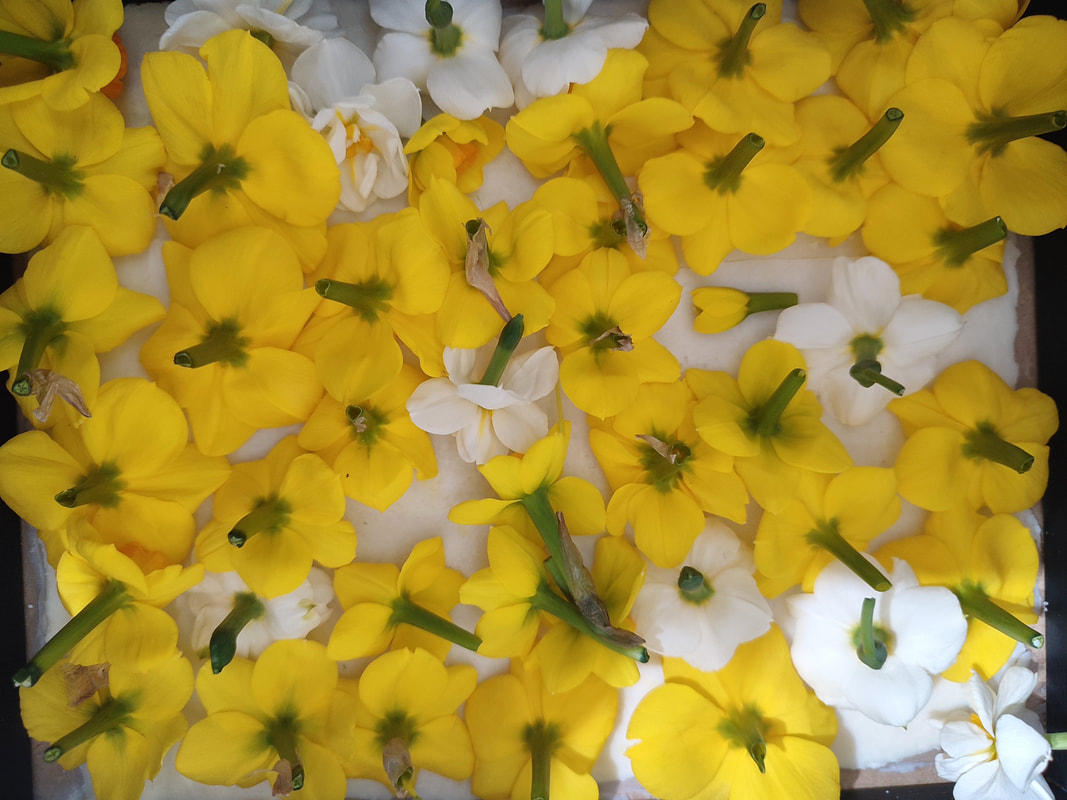
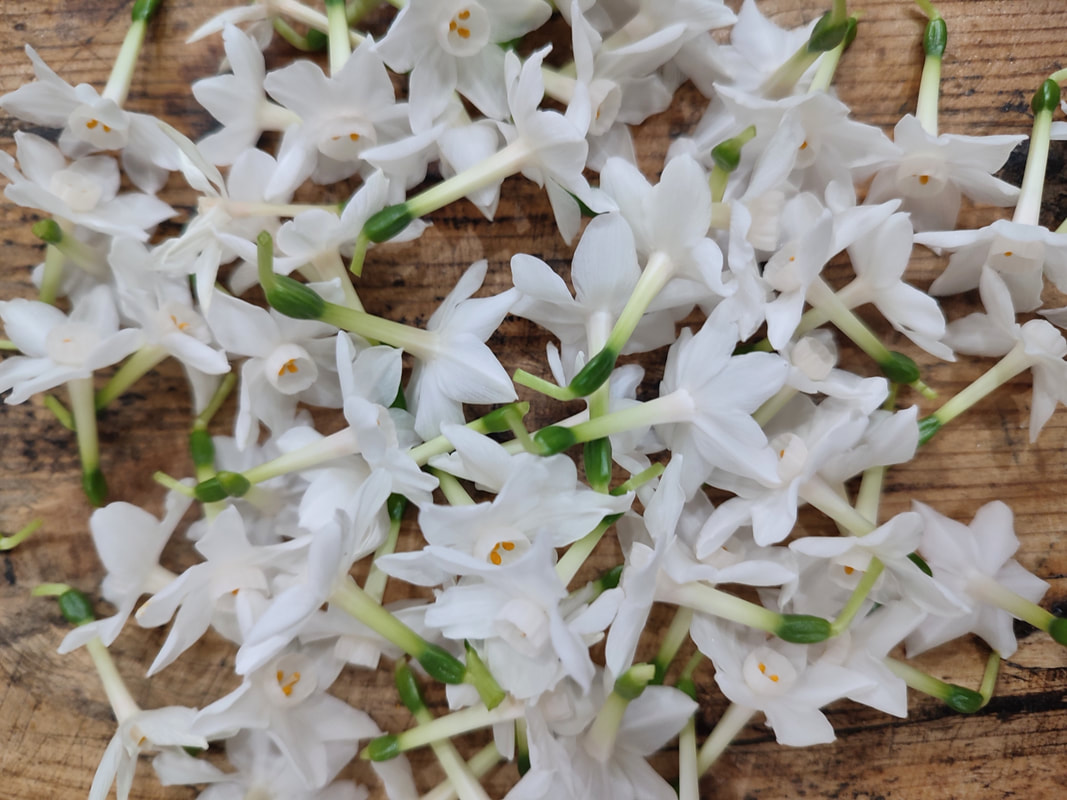



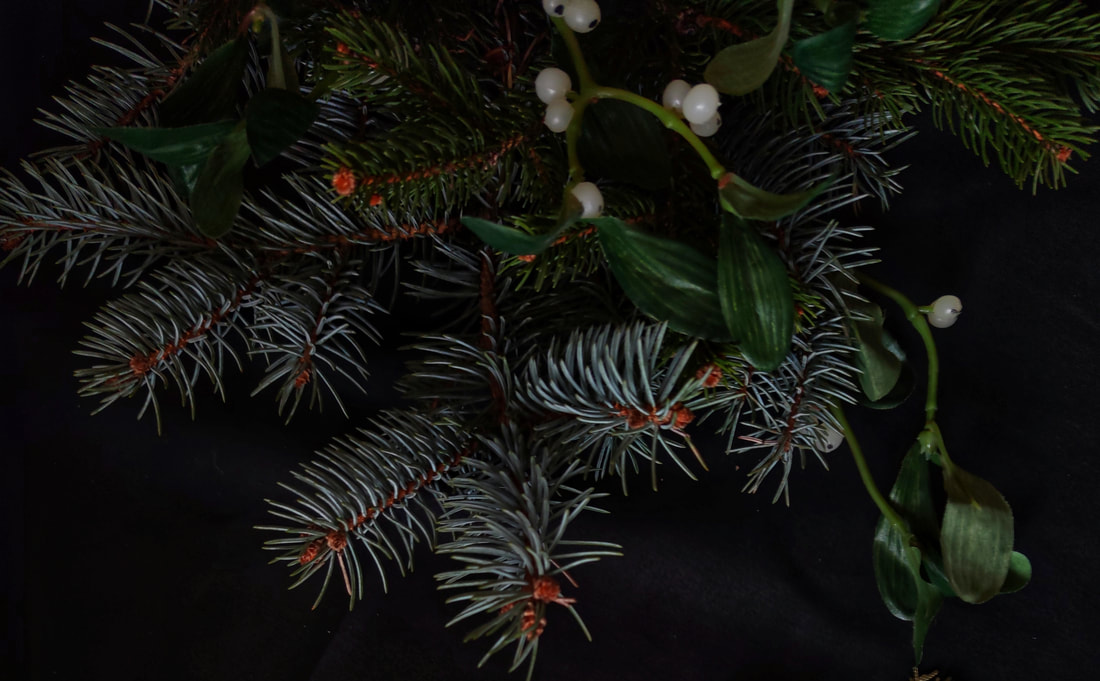
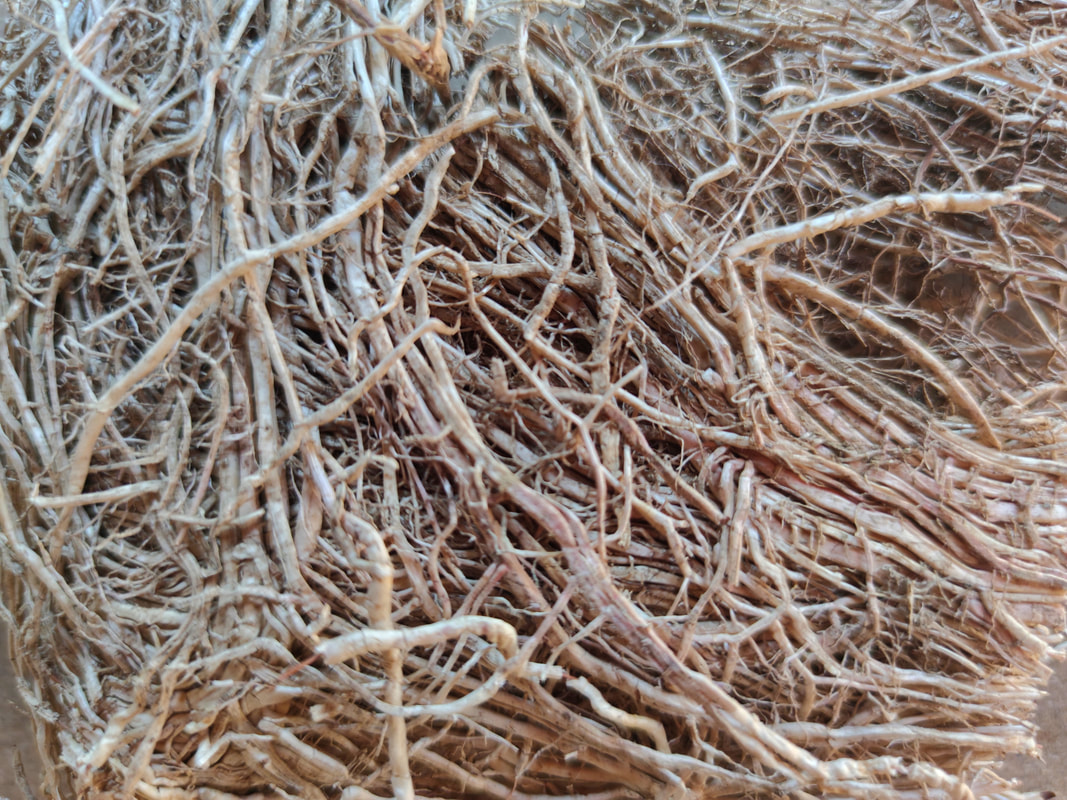






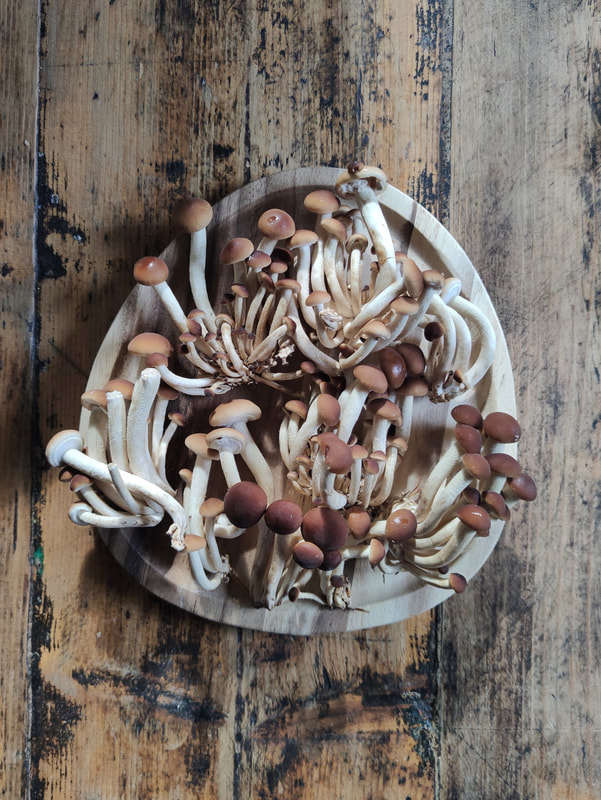
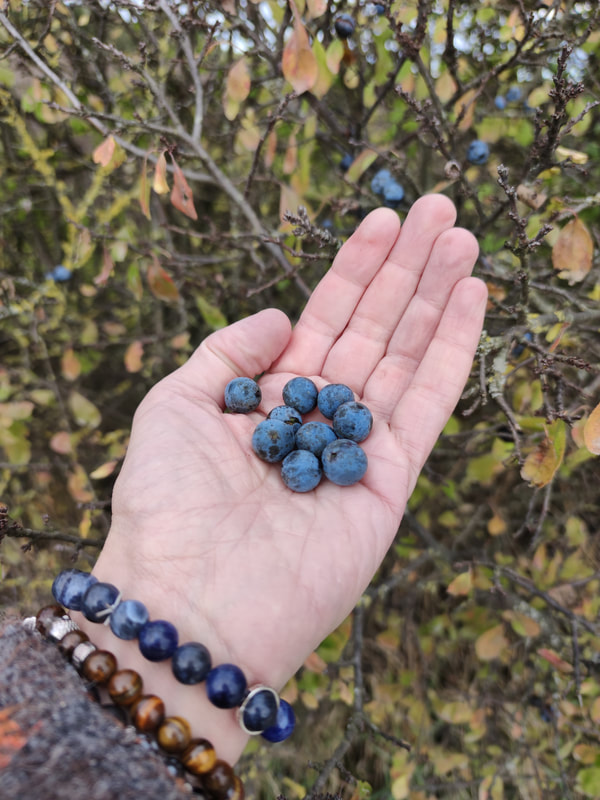
 RSS Feed
RSS Feed
